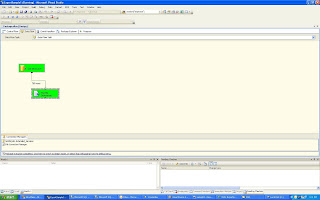System.Data.SqlClient.SqlException: profile name is not valid
at System.Data.SqlClient.SqlConnection.OnError(SqlException exception, Boolean breakConnection)
at System.Data.SqlClient.TdsParser.ThrowExceptionAndWarning(TdsParserStateObject stateObj)
at System.Data.SqlClient.TdsParser.Run(RunBehavior runBehavior, SqlCommand cmdHandler, SqlDataReader dataStream, BulkCopySimpleResultSet bulkCopyHandler, TdsParserStateObject stateObj)
at System.Data.SqlClient.SqlCommand.FinishExecuteReader(SqlDataReader ds, RunBehavior runBehavior, String resetOptionsString)
at System.Data.SqlClient.SqlCommand.RunExecuteReaderTds(CommandBehavior cmdBehavior, RunBehavior runBehavior, Boolean returnStream, Boolean async)
at System.Data.SqlClient.SqlCommand.RunExecuteReader(CommandBehavior cmdBehavior, RunBehavior runBehavior, Boolean returnStream, String method, DbAsyncResult result)
at System.Data.SqlClient.SqlCommand.InternalExecuteNonQuery(DbAsyncResult result, String methodName, Boolean sendToPipe)
at System.Data.SqlClient.SqlCommand.ExecuteNonQuery()
The profile name is profile1@abc.com
user account associated to it was accountA@abc.com
We had to do the following to get rid of this error
Make sure that the account accountA@abc.com is a role member of the Role DataBaseMailUserRole in the msdb database.This role is found under Security->Role in the msdb database
Set the profile profile1@abc.com to public
use msdb
GO
EXECUTE msdb.dbo.sysmail_add_principalprofile_sp@profile_name = 'profile1@abc.com'
@principal_name = 'public',@is_default = 1;
Once we did the above two setps after creating the profile the error was gone and everything started to work as normal.=












